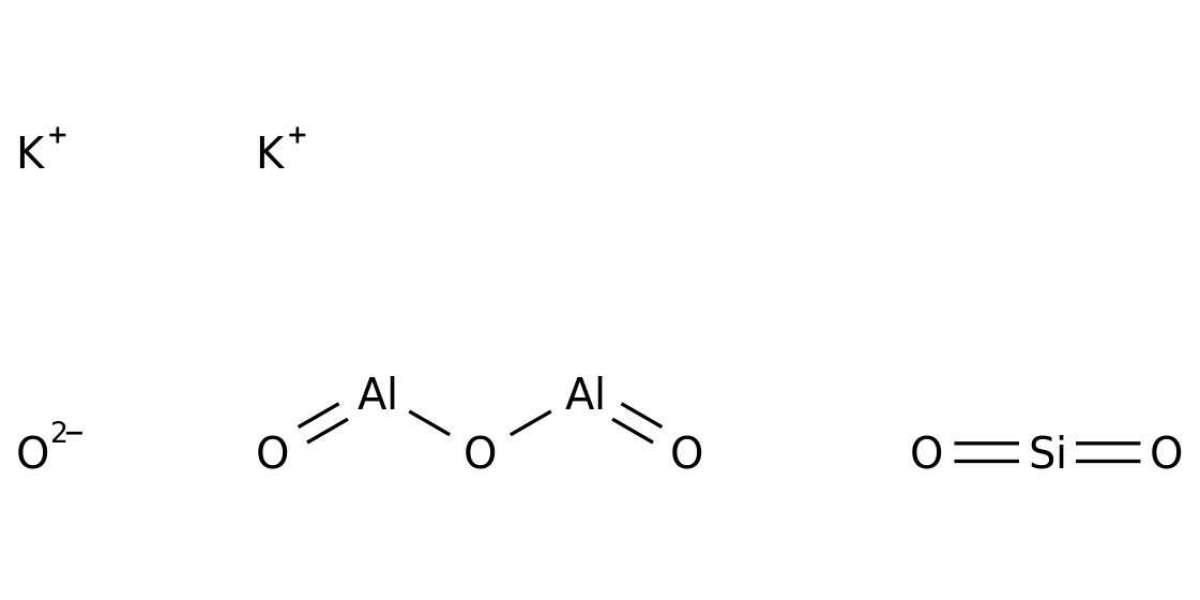The mineral mica group includes 34 phyllosilicate minerals, all with a layered, platy texture. The mineral has been known for millennia: Mica was first mined in India about 4,000 years ago, where it was used primarily in medicines. The Mayans used it for decorative effect in stucco to make their temples sparkle in the sun. Today it is used in everything from electrical products to makeup.
Mica is highly reflective, and its excellent cleavage allows it to split into thin sheets; these tough, flexible sheets are the distinguishing characteristic of the mineral mica group. Thin sheets are transparent or, if deeply colored, translucent. Micas are stable when exposed to electricity, light, moisture and extreme temperatures. Commercial forms of mica can be grouped as either unmanufactured or manufactured. Unmanufactured mica can be divided into two classes: sheet mica and scrap mica, which includes flake mica. The majority of manufactured mica, which has been shaped or punched, is used in electrical products.
The principal mineral mica used in commercial applications are biotite, muscovite and phlogopite. Biotite is generally used in its ground (particulate) form as a soil additive; muscovite and phlogopite have applications in sheet and ground forms. Muscovite sheet mica is recovered only from pegmatite deposits; phlogopite sheet mica is recovered from pyroxenites.
Muscovite is the principal mica used by the electrical industry to manufacture mica-based capacitors capable of operating at temperatures or frequencies that are destructive to polypropylene capacitors. Phlogopite mica is used in plastic composites for automotive applications because of its dimensional stability, increased stiffness and improved heat distortion temperature.
Manufactured mica includes built-up mica, glass-bonded mica, ground mica, phosphate-bonded mica and reconstituted mica. Scrap mica is material that is below specifications for sheet mica because of substandard size, color or quality. Most scrap mica is used as the raw material for two types of ground mica: wet-ground and dry-ground.
Dry-ground mica is a finely divided material that is rough, with flakes showing considerable surface damage and no sheen. It is used in joint compounds to bond, strengthen and fill in the seams between drywall sheets; as an asbestos substitute in automotive products; in roofing shingle coatings to prevent sticking; and in high-temperature and ultraviolet-radiation insulation. Wet-ground mica is a finely divided material that has flakes with smooth rounded edges and that retains its sheen. Wet-ground mica, which retains the brilliance of its cleavage faces, is used primarily in pearlescent paints by the automotive industry, but its reflective and refractive properties make it an important ingredient in cosmetics as well, from eyeliner and eye shadow to body glitter, lipstick and nail polish.



